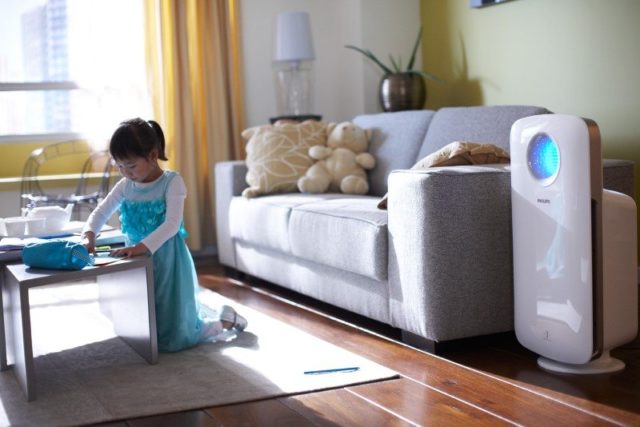According to an article by the American Academy of Allergy, Asthma & Immunology (AAAAI), 10% to 30% of the world’s population is suffering from allergic rhinitis. Exposure to pollen, dust mites, or pet dander triggers sneezing, runny and stuffy nose, and itchy eyes.
Doctors usually recommend medications, eye drops, and nasal sprays to ease the symptoms. Another solution is by intentionally avoiding exposure to known allergens by staying indoors, meticulously cleaning one’s home, and keeping away from furry animals.
However, despite one’s best efforts, exposure to allergens is still unavoidable. The ideal solution is using air purifiers for allergies.
The most effective air purifiers have unique features. Read this article to find out more.
HEPA Air Filter
Compared to standard air filters, High-Efficiency Particulate Air (HEPA) filters are better at trapping at least 99.97% of airborne allergens as small as 0.3 microns. Originally developed as part of the Manhattan Project to remove radioactive materials from the air, scientists have developed practical applications for HEPA filtration technology.
Some air purifiers, for instance, already have HEPA air filters to effectively trap dust, pet dander, mould, and other common allergens. According to a study made by the Asian Pacific Journal of Allergy and Immunology in 2018, the usage of HEPA air purifiers for allergies has reduced symptoms of allergic rhinitis.
Clean Air Delivery Rate (CADR)
Aside from the presence of HEPA air filters, another factor to consider is the CADR rate. Every air purifier has different CADR or cleaning speeds in removing allergens.
The best air purifiers for allergies will have a CADR rating of 300 and above. The score represents the air volume in cubic feet per minute (CFM) that it can clean.
The Association of Home Appliance Manufacturers (AHAM) regulates the CADR rating. Air purifiers will show three CADR numbers – for tobacco smoke, for pollen, and dust. Consumers should choose air purifiers with a CADR rate of at least two-thirds of their room’s area.
PECO Filters
Another kind of filter is called photoelectrochemical oxidation (PECO). With the use of nanotechnology, PECO destroys allergens that are 1000x much smaller than what HEPA traps. Moreover, PECO breaks down volatile organic compounds (VOCs), which are toxic chemicals released by gases.
In a 2018 study released by the National Institute of Health, there was a significant reduction in symptoms when people used air purifiers for allergies with PECO filters.
Plasma Wave Technology
With this technology, the destruction of allergens and pollutants happens at the molecular level without harming the environment. With the use of electricity, positive and negative ions attach themselves to air pollutants and remove hydrogen, resulting in cleaner air.
The usage of plasma wave air purifiers for allergies will improve overall health through the ingestion of cleaner air.
Ultraviolet Germicidal Irradiation (UVGI)
According to an article by the National Institute of Health, UVGI significantly reduces airborne bacteria and fungal spores. Ultraviolet light kills fungi, mould, and viruses by destroying their DNA.
The U.S. government has been using UVGI air purifiers in their buildings. Likewise, the Center for Disease Control has recommended the use of UVGI air purifiers for allergies to destroy airborne pathogens and allergens.
With developments in scientific research, manufacturers are creating better air purifiers for allergies. Aside from reducing symptoms, they improve air quality and prevent more severe lung diseases. Among the many models of air purifiers, choose one based on your needs and budget.









